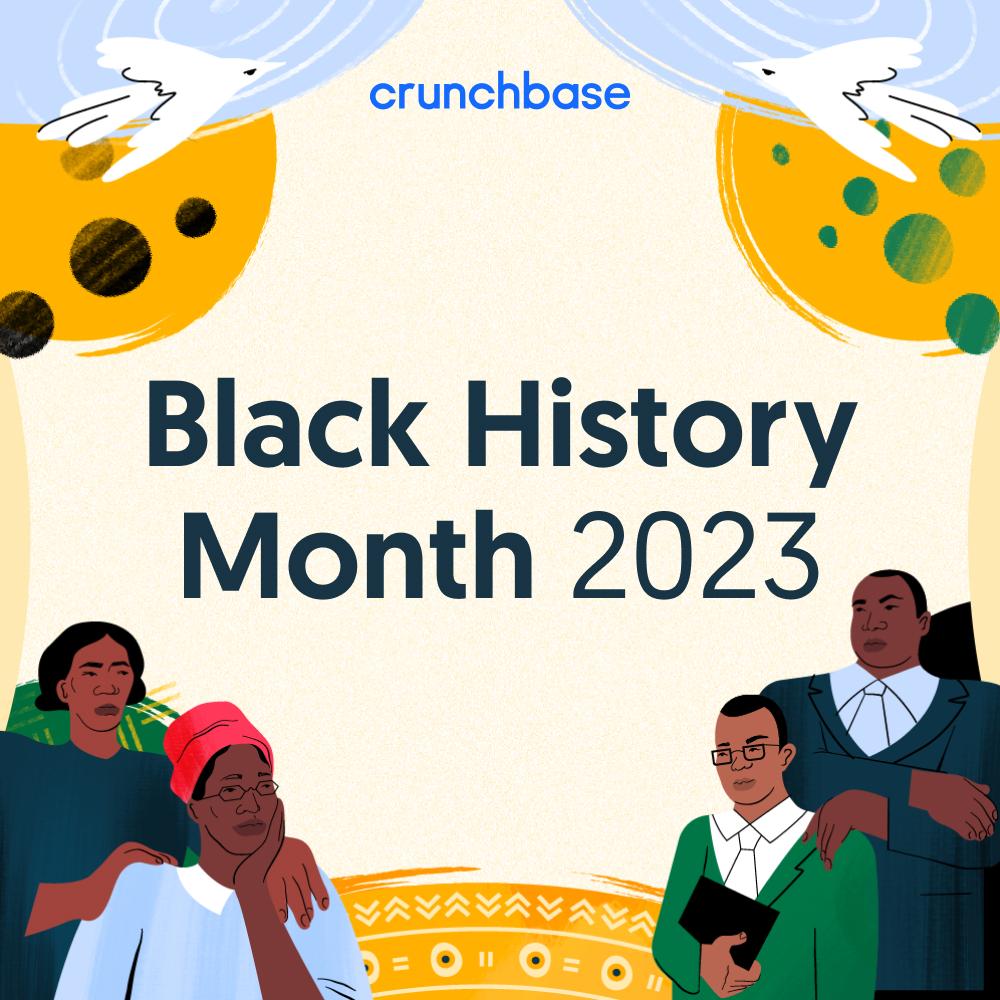In this inaugural post of our female founder spotlight series, we interview Rachel Tipograph of MikMak, to discuss what it’s like being a female founder as well as an angel investor.
Learn how Crunchbase Pro can help you find your next investor.
Rachel Tipograph’s path to entrepreneurship
At just the age of 24, you were already the Global Director of Digital and Social Media at Gap, an executive position at an iconic global retailer. It was at this time that you decided to leave the established workforce to start MikMak. How did you think about entrepreneurship in light of walking away from your corporate career trajectory?

Working at a global brand provides you with incredible access to witness market trends and changes. While at Gap, it was clear that the internet was about to become one big video, eCommerce would have to be a part of that in a significant way.
While at Gap, I ran all these video commerce experiments. I was able to see how video could drive conversion and simultaneously build our brand. However, I ran into pain points when scaling the approach. My hypothesis was that these pain points would be ones all brands and retailers would soon look to solve. I thought if someone could build software to address these problems, you’d have a winning product.
Following up that question, any advice for others who may currently be grappling with a similar decision?
My advice would be to ask yourself, “Is this a risk I can afford to take?”At the time of founding MikMak, I was 27 and personally had very little overhead. For me, I had the confidence that if this venture didn’t work, I could always become Head of Digital at another brand. And I feel that’s probably the same case for folks who read Crunchbase too.
How MikMak was built to influence purchasing behavior
When you first launched MikMak in 2015, it was a dedicated direct to consumer shopping app where retailers paid you to create short, comical “mini-mercials” designed to get users to purchase the featured product.
What about either the social media or eCommerce landscape at this time made you believe that mini-mercials would ultimately influence consumer purchasing behavior?
It’s the same insight we act on today as an enterprise business and the backbone of the infomercial industry: Parasocial relationships.


When you have a host in a series of videos, the viewer begins to feel that this host is her friend. You may go a step further and purchase an item recommended by the host. After the purchase, you feel a sensation of friendship.
When I unearthed this insight I said to myself, “Wait for a second, I can sell commoditized items like moisturizer and headphones and on the other end it will feel like a friendship? Why aren’t we all doing this?
The fundraising process and choosing investors for MikMak
MikMak raised a $4M seed round in August 2016 led by Vayner Media. Looking at the other investors who also participated in this round, like UTA Ventures and BRaVe Media Ventures, there seems to have been a heavy concentration with media and entertainment specific investors.
Was this by design on your part? What were the criteria that you were looking for as you weighed different potential investors?
The media industry is constantly looking for new ways to monetize content. eCommerce has become a major frontier for many publishers today. When I went out to fundraise around video commerce, folks in media were the first ones to jump aboard.


The MikMak team. Courtesy of Rachel Tipograph
Shortly after you closed that seed round, where you fundraised on building out the existing direct to consumer MikMak shopping app, you realized that pivoting your strategy to license the MikMak platform to retailers was instead the best way forward.
How did you go about convincing your new board that this different direction was ultimately the right decision for MikMak to succeed?
By showing them that this is what the market is telling us to do.
Over 300 brands and retailers asked me to “white-label MikMak.” The proof was in the data. And today, some of the biggest brands in the world like Bose, Campbell, Estee Lauder, Kraft, Levi, L’Oreal, P&G, Under Armour, Unilever and more license our software MikMak Attach and use our creative services MikMak Studios to power their distributed video commerce.
In addition to being a female founder and CEO, you are also an angel investor and adviser to early-stage ad-tech and consumer-goods start-ups. What do you look for in founders who are pitching to you?
It’s about the founding team first. Do I believe they have the grit and know-how to successfully execute? The second is the market they’re going after, is it large enough? Who are the incumbents? How easy or capital intensive is it to enter?
The future of e-commerce
MikMak has essentially altered the way that commerce is done through social media. Consumers can purchase products directly from retailers without ever exiting their social media app.
As you think about the future of e-commerce, what trends do you expect? Is there anything in particular that excites you or keeps you up at night?
Our clients traffic our software MikMak Attach everywhere. This includes social, publishers, programmatic, paid search. In 2019 you’ll see many brands continue to diversify their distribution into third-party retailers, voice, messenger, consignment. And I’m excited for us to see the revitalization of physical retail.
More and more retailers finally understand that brick and mortar is no longer a distribution channel. Instead, storefronts have become the greatest expression of their brand. They are a place to deliver on your brand promise with service and experience.
Where to find inspiration
You’re featured in Forbes’ “30 under 30: Who Are Changing The World,” Marie Claire’s “50 Most Influential Women in America,” and Fast Company’s “Most Creative People in Business.” What motivates you and where do you find your inspiration?
I get off on proving to myself that I can do things that I truly believe I’m not capable of accomplishing. As for inspiration, it comes down to two things: 1) Being out in the world, drawing inferences from other disciplines that I can apply to my own work. 2) Surrounding myself with folks who go against the grain, are creators, dreamers.


The MikMak team. Courtesy of Rachel Tipograph






